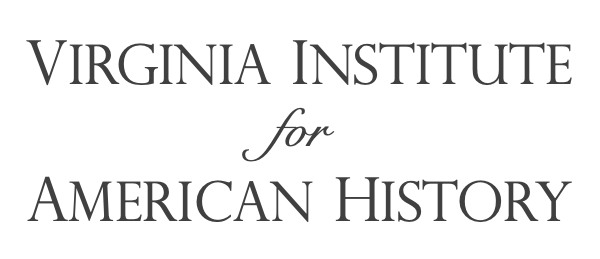“The United States Military Academy[1],
also known as West Point, was established by President Thomas
Jefferson in 1802.
In January 1821, Professor Jared
Mansfield wrote to Thomas Jefferson from West Point: "The Superintendent, Officers,
Professors, Instructors, & Cadets of the United States Military Academy,
impressed, with a high sense of the great services, you have rendered the
Nation, & that this Institution, with which they are connected, originated under
your patronage, & presidency, are anxious for some special, &
appropriate memorial of your person, which may descend to posterity."[2]
The library at the U.S. Military Academy,
Mansfield informed Jefferson, had portraits of George
Washington and of Jonathan Williams, the academy's first
superintendent. Would Jefferson, Mansfield asked, "gratify them" by
sitting for Thomas Sully, one of the "best Portrait Painters of our
Country," at Monticello?
By 1802, when President Jefferson
established the United States Military Academy, he had fully embraced the
importance of "useful sciences" in education and in the protection of
the young nation. Two years earlier, Jefferson had written to Pierre S. du Pont
de Nemours, asking: "What are the branches of science which in the present
state of man, and particularly with us, should be introduced into an
academy?" Du Pont proposed an all inclusive plan of national education
with primary schools, colleges, and four specialty schools -- medicine, mines,
social science and legislation, and "higher geometry and the sciences that
it explains." With engineering "urging forward the other
sciences," this school would be of the greatest benefit to the nation, du
Pont explained. As he told Jefferson: "No nation is in such need of canals
as the United States, and most of their ports have no means of exterior
defense."
Just two months after Jefferson's
inauguration, Secretary of War Henry Dearborn announced that the president had
"decided in favor of the immediate establishment of a military school at
West Point and also on the appointment of Major Jonathan Williams" to
direct "the necessary arrangements, at that place for the commencement of
the school."
On March 16, 1802, Jefferson affixed his
name to the Military Peace Establishment Act, directing that a corps of
engineers be established and "stationed at West Point in the state of New
York, and shall constitute a Military Academy." The academy's sole
function would be to train engineers, and Williams, grandnephew of Benjamin
Franklin, was named superintendent. On July 4, 1802, the U.S.
Military Academy formally opened for instruction. "Our guiding star,"
Superintendent Williams said, "is not a little mathematical School, but a
great national establishment. We must always have it in view that our
Officers are to be men of Science, and as such will by their acquirements be
entitled to the notice of learned societies."
In the War of 1812, the enemy British did
not capture any works constructed by a graduate of West Point, and perhaps, as
historian Henry Adams suggested, "had an engineer been employed at
Washington -- the city would have been easily saved."
Jefferson's military academy, Adams
wrote, had "doubled the capacity of the new little American army for
resistance, and introduced and scientific character into American life."
Jefferson himself said that he "ever considered that establishment as of
major importance to our country, and in whatever I could do for it, I viewed
myself as performing a duty."
Note: Today, the Thomas Sully portrait of
Thomas Jefferson commissioned by the "Superintendent, Officers,
Professors, Instructors, & Cadets of the United States Military Academy"
hangs at West Point.
FOOTNOTES
[1] This article is from www.monticello.org
and is based on Christine Coalwell, "West
Point: Jefferson's Military Academy." Monticello
Newsletter, 12 (Winter 2001).
[2] Jared Mansfield to Thomas Jefferson,
January 26, 1821, NWM

.jpg)
No comments:
Post a Comment